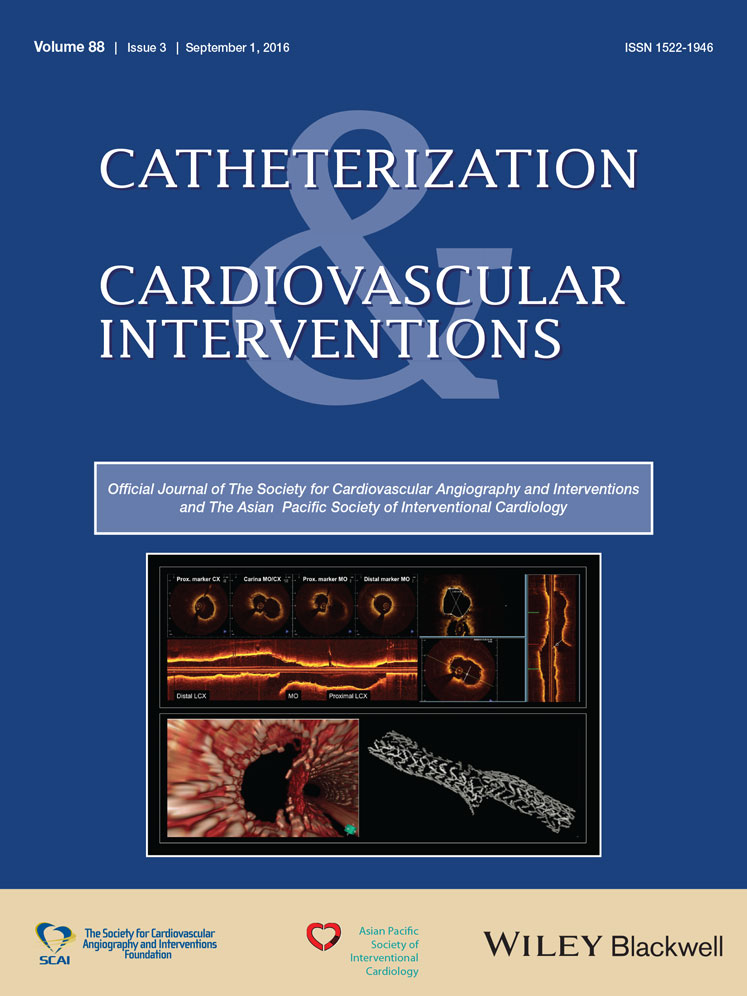Coronary Artery Disease
Defining small vessels and bioresorbable vascular scaffold outcomes
First published: 13 September 2016
Conflict of interest: Nothing to report.
Key Points
- Bioresorbable vascular scaffolds (BVS) are non-inferior to second generation drug eluting stents (DES) but thrombosis rates for BVS in small vesseles is a concern.
- The BVS-SAVE registry of small vesseles (<2.75 mm) supports safety and efficacy of BVS in this high risk lesion subset.
- Definitive recommendation for BVS in small vessels require further trials DES with evaluation of the lower threshold for minimal reference vesseles diameter.




